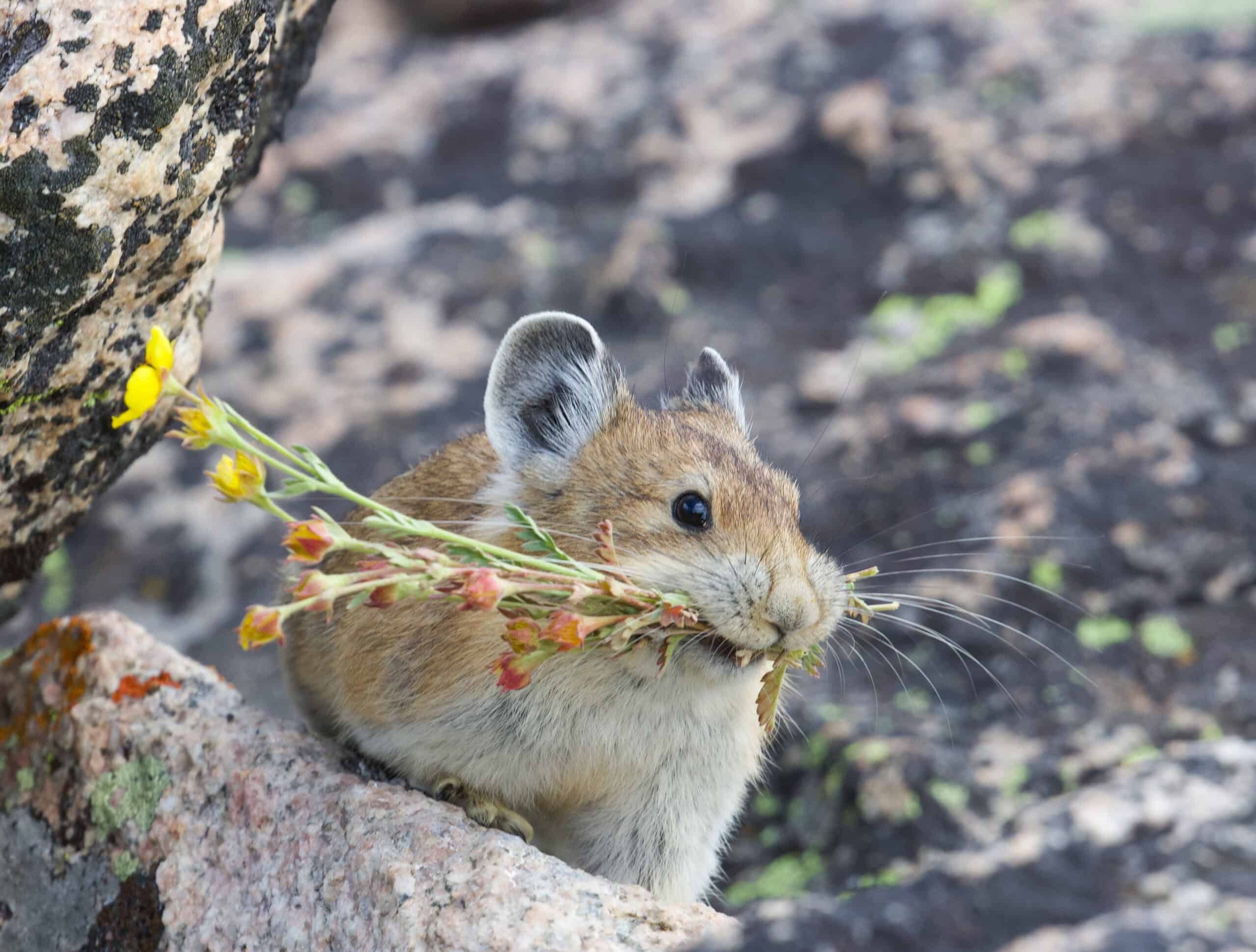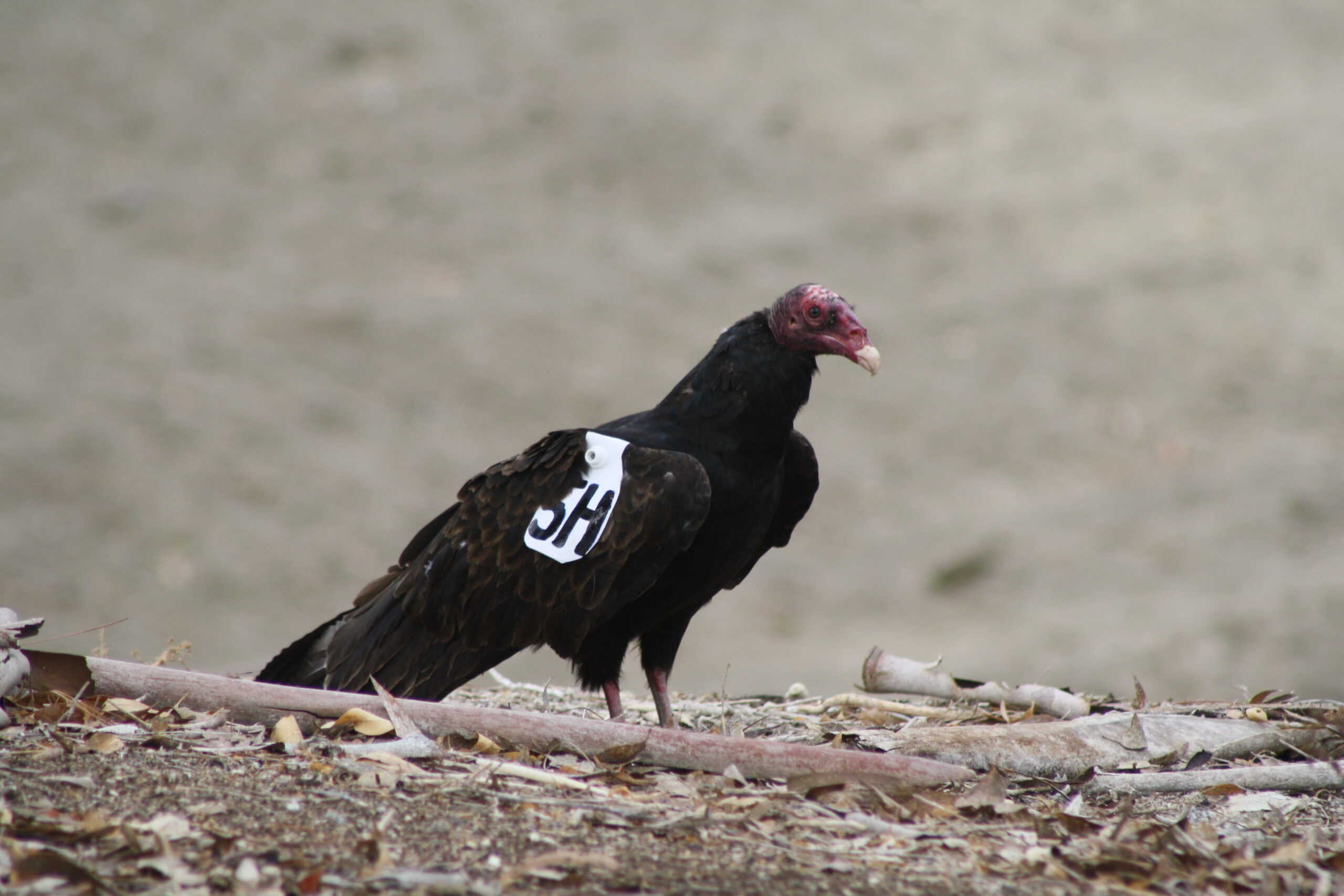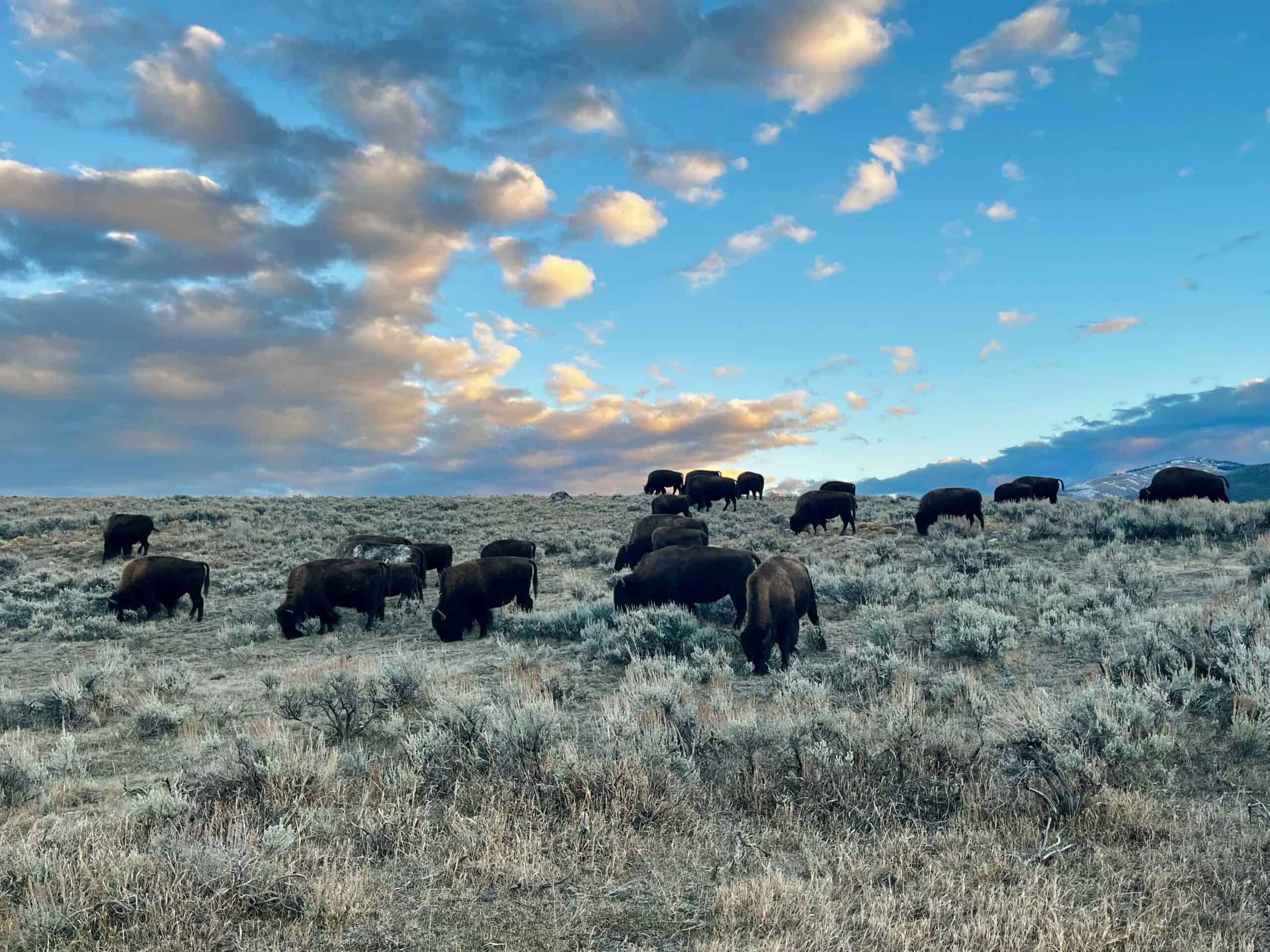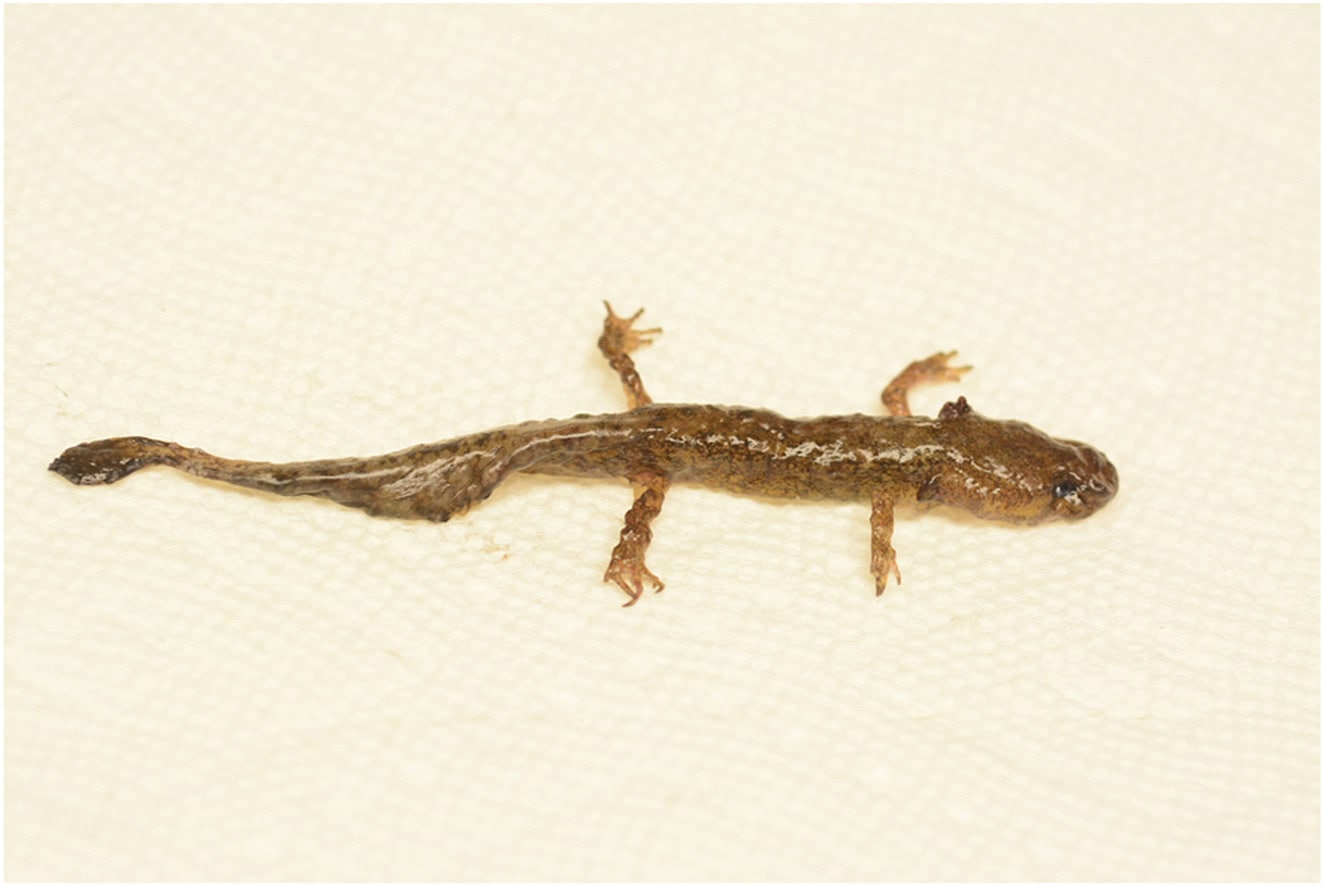Share this article
Wildlife Featured in this article
- American pika
Modeling American pika distribution based on what they leave behind
A model taking into account past evidence of pika presence can inform how they’ll perform amidst climate change
Looking at the diverse types of evidence of past occurrence that species leave behind can help researchers and managers understand more about how their populations are faring in the midst of a changing climate.
Researchers incorporated evidence from two types of former occurrence—abandoned hay piles and old fecal pellets—to create models of American pika (Ochotona princeps) distributions. They said that researchers can also apply this type of model to all kinds of other species to determine how climate change may affect them.
“This species has proven, across numerous decades, to be a wonderful model organism to address all kinds of eco-evolutionary theory,” said TWS member Erik Beever, a research ecologist with the U.S. Geological Survey’s Northern Rocky Mountain Science Center and an affiliate professor at Montana State University. “In addition to being able to address this theory, working closely with numerous partners in the region on applied questions that affect their actions and decisions, we’ve been also able to address issues having implications for management, conservation and climate-adaptation efforts.”
Traditional methods of modeling wildlife species and their distribution typically rely on only two states: whether the species is currently present or absent.
But in a study Beever led that’s currently published in Ecography, he and his colleagues wanted to look at a different type of model that capitalized on past and current occurrences as well as places with no evidence of the species whatsoever.
Using a new modeling strategy to understand species distributions, Beever and his team used an approach that included three fundamentally different categories of species occurrence. The first category included sites with no evidence of pikas at all—such sites either never had pikas or had them so long ago that evidence is no longer detectable. The second category included sites where pikas previously occurred. The third category was made up of sites currently occupied by pikas. They then used this information to identify the factors that best predicted the species’ distribution across 570 sites spanning its entire distribution in New Mexico. “The more common approach does not take advantage of that rich information of temporally ordered states that one can gain, oftentimes in a single survey,” Beever said.
The team compared their findings to those from models that used the traditional binary method of using presence and absence data.
The results from the two models varied dramatically, Beever said. The traditional approach suggested that the average temperature during summertime is what best predicts where pikas currently occur versus where they don’t. In contrast, the new model suggested that temperature during the winter and the resulting snowpack are the most important predictors of pika occurrence.
Both types of models are helpful, Beever said, but each can be used effectively to answer different questions. For example, if managers were to want to know only where pikas are contemporarily, the presence-absence model works well. “However, if you’re forecasting distributions into the future, one would likely want to use the modeling approach that distinguishes no-evidence sites from sites of past occurrence, because that takes advantage of what we know from where they used to be,” he said.
Beever said researchers can use the three-category model for other species, too. For example, scientists can look at everything from middens to eggs of ground-nesting birds to tree stumps. “I think there are innumerable wildlife species that this can be applied to,” he said.
Header Image: Using abandoned hay piles and fecal pellets left behind, researchers can help forecast pika presence under climate change. Credit: Gregory “Slobirdr” Smith








